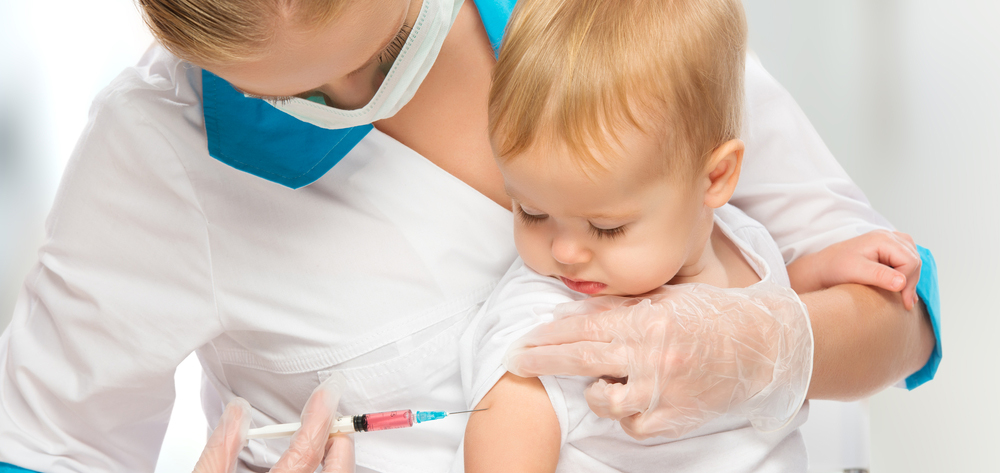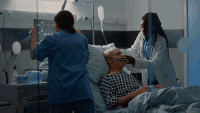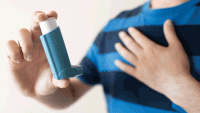The bad news: Mumps is back. The good news: The disease is usually mild, although occasionally it causes complications.
Unless you live in the Midwest, you may not be aware of the mumps outbreak that emerged last December and continued for months. According to the Centers for Disease Control and Prevention (CDC), more than 1,000 confirmed or suspected cases have been reported. The outbreak began in Iowa and spread to Illinois, Kansas, Minnesota, Missouri, Nebraska, Oklahoma, and Wisconsin. (Other states, including Massachusetts, also reported cases.) Most of the victims were aged 18 to 25, and most had previously received mumps immunization but had either waning immunity or immunization failure.
Since the late 1970s, when pediatric mumps immunization became widely available, only 1 of every 100,000 Americans has come down with the disease. In contrast, in 1968—the year the first mumps vaccine was licensed—mumps occurred in at least 90 of 100,000 Americans.
Although we’re not likely to see the mumps incidence rise to that level again, the Midwest outbreak points to the need for healthcare workers to recognize the disease early so patients can get appropriate treatment and avoid complications.
How mumps spreads
Mumps is caused by the mump virus—a paramyxovirus transmitted by direct contact with infected saliva or respiratory droplets or with contaminated objects. It spreads through sneezing, coughing, laughing, and direct contact, such as from touching contaminated tissues or drinking from a glass used by an infected person.
Although the incubation period usually runs 16 to 18 days from time of exposure to symptom onset, it can range from 12 to 25 days. Also, the virus has been isolated in saliva from 2 to 7 days before symptom onset until 9 days afterward. (The Iowa Department of Public Health reported that two persons diagnosed with mumps were potentially infectious while traveling on nine different commercial airline flights between March 26 and April 2 of this year—a time when they might have been incubating the disease.)
Recognizing mumps
During its acute phase (which usually lasts 7 to 10 days), mumps causes fever, headache, muscle ache, fatigue, and appetite loss. Afterward, unilateral or bilateral swelling of the parotid glands or other salivary glands typically occurs.
Complications
Rarely, mumps causes serious complications, such as hearing loss, mastitis, pancreatitis, meningitis, and encephalitis. Except for hearing loss, complications are more common in adults than children.
Reproductive problems
About 25% of women who get mumps during the first trimester of pregnancy have spontaneous abortions. Oophoritis (ovarian inflammation) occurs in up to one-third of females older than age 15 who contract the disease; it may present as pelvic inflammatory disease. Orchitis (testicular inflammation) occurs in about one-third of postpubescent males who get mumps; usually, both testes become inflamed. Fortunately, these complications rarely lead to sterility or infertility.
Treating mumps
No specific medications or other treatments for mumps exist. Most patients respond to symptomatic treatment and rest at home. Orchitis usually calls for such comfort measures as elevation and ice pack application. The need for more intense intervention depends on illness severity.
Preventing mumps
Vaccination is the best protection against mumps. Infants should be vaccinated with the first dose of measles-mumps-rubella vaccine (MMR) as close as possible to the first birthday (but not before then). By age 4 to 6, children should receive two doses. (Data show the vaccine is 80% effective against mumps after one dose and 90% effective after two doses.) Persons older than high-school and college age should get a second MMR dose if they haven’t had it previously.
The MMR vaccine can be administered even if the patient:
• has had a positive tuberculin skin test
• is undergoing simultaneous tuberculosis skin testing
• is a female of childbearing age
• is breastfeeding
• has a mother or other close or household contact who’s pregnant
• has a family member or household contact who’s immunodeficient
• has asymptomatic or mildly symptomatic human immunodeficiency virus (HIV) infection
• is allergic to eggs.
Generally, those born before 1957 are considered to be immune to the mumps, because it’s likely they had the disease as children. However, the CDC recently advised that during a mumps outbreak, persons born before 1957 should consider receiving a single MMR dose to ensure immunity. Also, healthcare workers may be at increased risk for acquiring mumps and transmitting it to patients, so they should receive two doses of MMR vaccine or provide proof of immunity.
An important caution
The MMR vaccine isn’t considered fully effective until 2 to 4 weeks after it has been administered. Also, it can’t prevent mumps in a newly vaccinated person who has already been exposed to the virus. During an outbreak, newly vaccinated persons may develop the disease up to 1 month after being vaccinated, because of the 12- to 25-day incubation period.
Precautions and contraindications for MMR vaccination
The MMR vaccine should be given cautiously to patients with a history of thrombocytopenia or thrombocytopenic purpura, patients with moderate or severe acute illness with or without fever, and those who’ve received antibody-containing blood products within the past 11 months.
MMR vaccine is contraindicated in patients:
• who’ve had severe allergic reactions to a previous MMR dose, vaccine components, neomycin, or gelatin
• who have severe immunodeficiency, such as hematologic or solid tumors, congenital immunodeficiency, long-term immunosuppressive therapy, or severely symptomatic HIV infection
• who are pregnant.
Controlling mumps outbreaks
Besides MMR vaccination, the CDC recommends the following steps to control mumps outbreaks:
• Increased surveillance for mumps should be conducted among persons with parotitis or other salivary gland inflammation and should continue for 50 days (twice the maximum incubation period) after illness onset in the last identified case.
• Healthcare workers should immediately test anyone suspected of having mumps and report the results to local health officials. (For information on specimen collection and testing, see http://www.cdc.gov/nip/diseases/mumps/faqs-lab-test-infect.htm#q1.) Testing is essential because not all parotitis cases are mumps, although mumps is the only known cause of epidemic parotitis.
• Patients suspected of having mumps should stay in home isolation for 9 days after symptom onset.
• When caring for a mumps patient (who should be in a private room), healthcare workers should use droplet precautions and adhere to hand hygiene.
• During a mumps outbreak, authorities should consider barring unvaccinated persons from affected institutions (such as schools and colleges), and even from institutions not directly affected but deemed by local health authorities to be at risk for mumps transmission. Once students get vaccinated, they can be readmitted to school. Unvaccinated persons should be barred for at least 25 days after mumps onset in the last person to contract it in the affected institution.
For the latest information on mumps and preventing and controlling outbreaks, visit the CDC website at www.cdc.gov/nip/diseases/mumps/mumps-outbreak.htm.
Selected references
Centers for Disease Control and Prevention, National Immunization Program. Contradictions to vaccines. Available at: http://www.cdc.gov/nip/recs/contraindications_vacc.htm. Accessed September 2, 2006.
Centers for Disease Control and Prevention, National Immunization Program. Mumps. Available at: www.cdc.gov/nip/diseases/mumps/default.htm. Accessed October 17, 2006.
Updated Recommendations of the Advisory Committee on Immunization Practices (ACIP) for the Control and Elimination of Mumps. MMR Weekly. 2006;55(22):629-630. Available at: www.cdc.gov/mmwr/preview/mmwrhtml/mm5522a4.htm?s_cid=mm5522a4_e. Accessed September 29, 2006.
Margaret Fitzgerald, DNP, APRN, BC, NP-C, FAANP, CSP, is President of Fitzgerald Health Education Associates, Inc. in North Andover, Mass. and a Family Nurse Practitioner and Adjunct Faculty Member in the Family Practice Residency Program at the Greater Lawrence Family Health Center in Greater Lawrence, Mass.


















